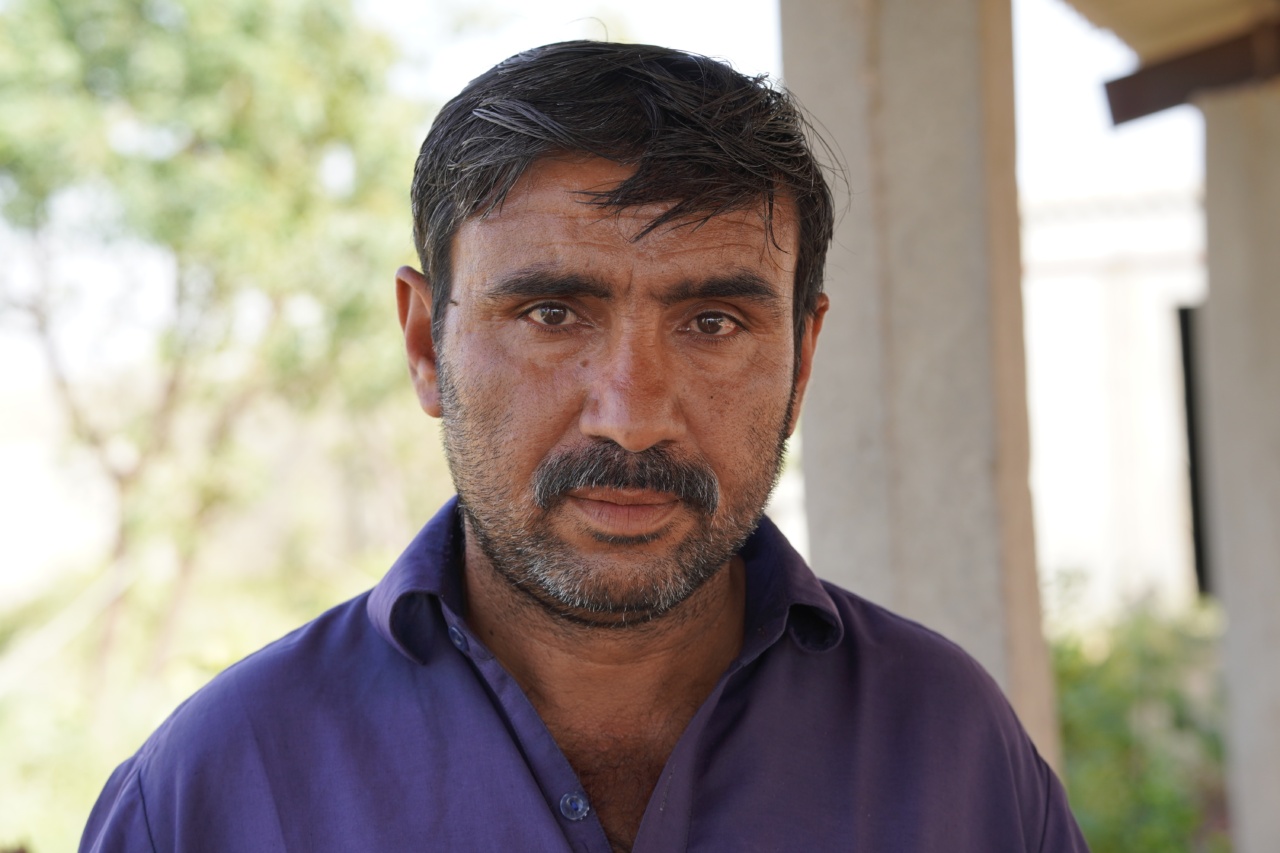Summer is a great time of year for outdoor activities, but it can also mean more exposure to heat, humidity, and physical exertion. If you have sore muscles, it can be challenging to enjoy all the season has to offer.
Here are some tips to help you beat the heat and manage your muscle soreness, so you can make the most of your summer.
Stay Hydrated
One of the most important things you can do to beat the heat and manage muscle soreness is to stay hydrated. Water is essential for the proper function of the body. When you’re dehydrated, your muscles can become more prone to injury and soreness.
Aim to drink at least 8-10 glasses of water a day to help keep your muscles hydrated and healthy.
Rest and Recover
Rest and recovery are essential to help manage muscle soreness. If you’re experiencing muscle soreness, give your muscles a break by avoiding strenuous activities that put too much pressure on them.
Instead, opt for low-impact exercises like swimming or walking. Resting allows your body to recover and can help alleviate muscle soreness.
Stretching is Key
Stretching is an essential part of managing muscle soreness. Incorporate dynamic stretches before exercising and static stretches after your workout. Dynamic stretches help prepare your muscles for activity and can help reduce the risk of injury.
Static stretches after your workout can help reduce muscle soreness and improve your flexibility.
Use Ice and Heat Therapy
Ice and heat therapy are both effective ways to manage muscle soreness in the summer. Ice therapy can help reduce inflammation and swelling, and heat therapy can help relax your muscles and improve circulation.
Alternate between ice and heat therapy for immediate relief when you’re experiencing muscle soreness.
Get Enough Electrolytes
Electrolytes are essential minerals that help your body regulate fluid balance, nerve and muscle function, and other important processes. When you sweat, you lose electrolytes, so it’s crucial to replace them to avoid muscle soreness.
Electrolytes can be found in sports drinks, coconut water, and other foods and supplements.
Massage and Foam Rolling
Massage and foam rolling are excellent ways to relieve muscle soreness and tension. A massage therapist can help target specific areas of tension and work out knots that lead to sore muscles.
Foam rolling is a self-massage technique that can help release tension and improve circulation. Incorporate these techniques into your regular routine to help manage muscle soreness in the summer.
Use Topical Pain Relief
Topical pain relief creams and gels can help alleviate muscle soreness in the summer. They work by delivering medication to the site of the pain, offering fast-acting relief.
There are many brands and types of topical pain relief available, so talk to your doctor or pharmacist to choose the best one for your needs.
Invest in Proper Gear
Investing in proper gear can help prevent muscle soreness in the summer. Wearing the right shoes for your activity can help reduce the impact on your muscles and joints.
Properly fitting clothing can help prevent chafing and irritation, which can lead to sore muscles. Consult a professional for expert advice on the best gear for your activities.
Eat a Balanced Diet
A balanced diet is crucial for optimal muscle and overall health. Eating a diet rich in vitamins, minerals, and fiber can help reduce muscle soreness and inflammation.
Avoid sugary, processed foods and choose whole foods like fruits, vegetables, and lean proteins. Consult with a nutritionist or dietitian for personalized recommendations.
Stay Cool
It’s crucial to stay cool in the summer to avoid heat exhaustion and muscle soreness. Wear light-colored, loose-fitting clothing when exercising outdoors.
Avoid exercising during the hottest part of the day, and take frequent breaks to cool down and rest. When you’re not exercising, stay in air-conditioned areas to reduce your risk of heat-related illnesses.































